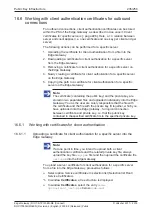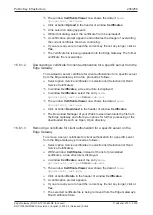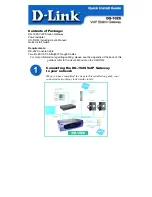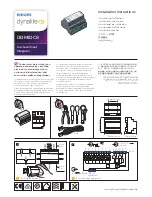
Public Key Infrastructure
223/258
16.3.1
Use case 1: Verification of the authenticity of the communication
partner (Server)
The Edge Gateway (Client) can communicate proteced (encrypted) with a
specific server. For this, the Edge Gateway needs the public key of the
server, which the server provides within a certificate. This server certificate
contains the public key and a signature (among other information). The
signature serves the Edge Gateway to verify the server certificate. The
client verifies the signature of the certificate using trustworthy root
certificates which the Edge Gateway has stored in its local directory of
trustworthy certificates. Only if the verification results in a valid authenticity,
the Edge Gateway uses the received key.
When the Edge Gateway is delivered, it already has a directory with
trustworthy certificates (Trusted Certification Authorities). You can add
more trustworthy certificates or delete them. The preinstalled certificates
are from the Mozilla CA Store (
https://www.mozilla.org/en-US/about/
governance/policies/security-group/certs/
certificates).
Figure 145: Use case 1: Verification of the authenticity of the communication partner
(Server)
A trustworthy certificate can require another trustworthy certificate to verify
authenticity. A so called
Needed for verification, the Edge Gateway requires all trustworthy
certificates of a specific server certificate. For this, if applicable, you have to
load more trustworthy certificates into the directory of trustworthy
certificates (Trusted Certification Authorities) of the Edge Gateway.
For details about “How to work with the certificates of this list (Upload,
Download, Removal, Creation, Show List)”, see section
Edge Gateway | NIOT-E-TPI51-EN-RE (Connect)
DOC170502UM04EN | Revision 4 | English | 2018-08 | Released | Public
© Hilscher 2017 – 2018
















































